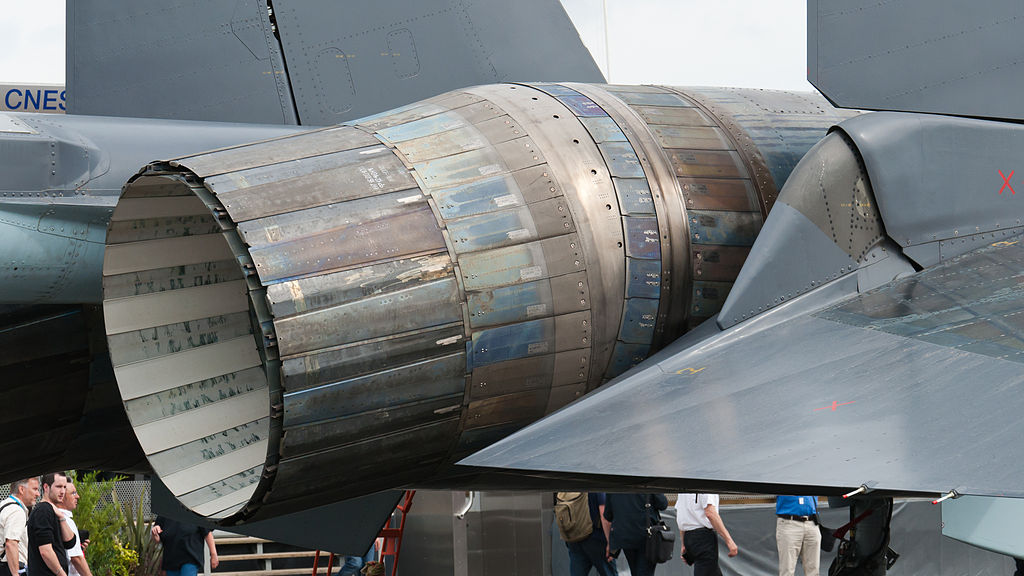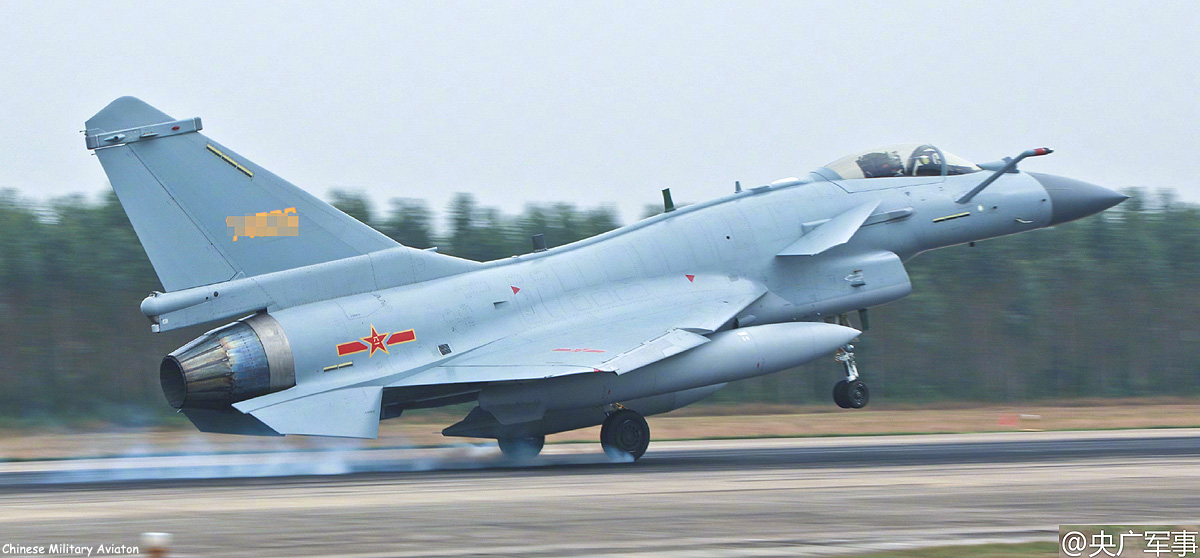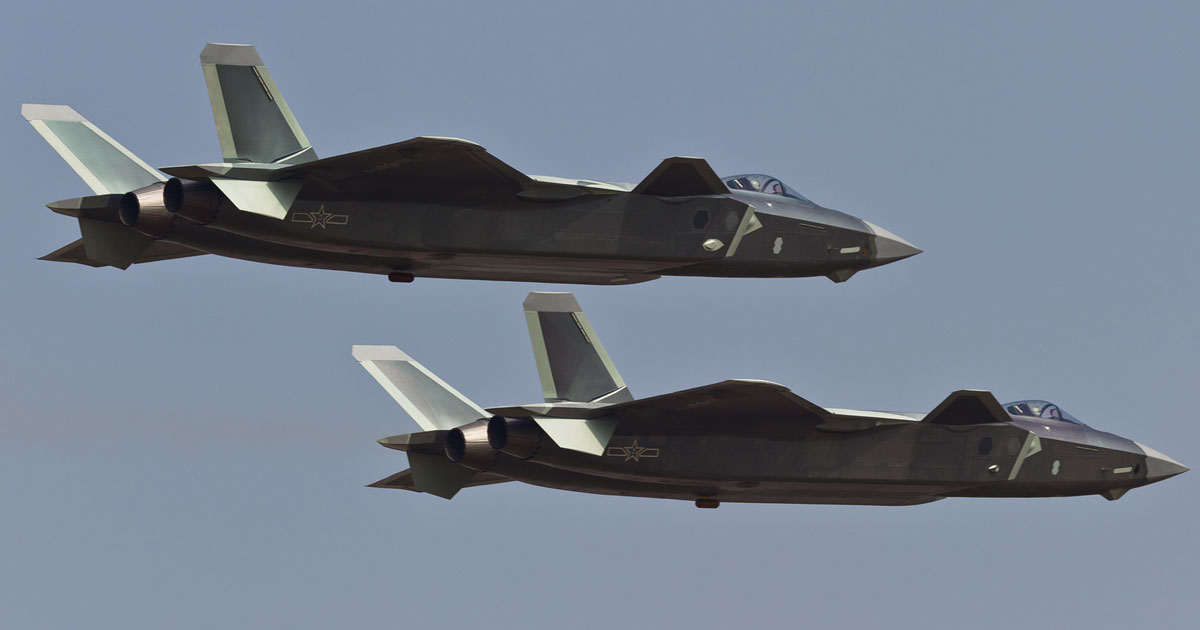Because it would otherwise defeat the purpose of having canards in the first place. To get meaningul benefits from canards they have to rearrange airflow so the canards are throwing the air over the wings. If their whole surface was at the same level as wings, they would not be able to fulfill their aerodynamic purpose.
The primary purpose of the canards on the J-20 is to increase "pitch authority" in order to allow the J-20 to be pitched above the stalling angle of attack into the post stall flight regime, and once post stall to allow the nose to be pushed right or left with rudder and aileron, and then to effect recovery by de-pitching the aircraft. The distant coupled canards increase the "moment arm", increasing canard pitch authority over "close coupled" canards, allowing the J-20 similar pitch authority to aircraft equipped with OVT...
They are tightly angled upward as you suggest in order to move the canards "tip vortices" above the leading edge of the main wing, energizing the flow, and further lowering the pressure over the top of the wing and creating additional lift over the main wing...
Last edited:



